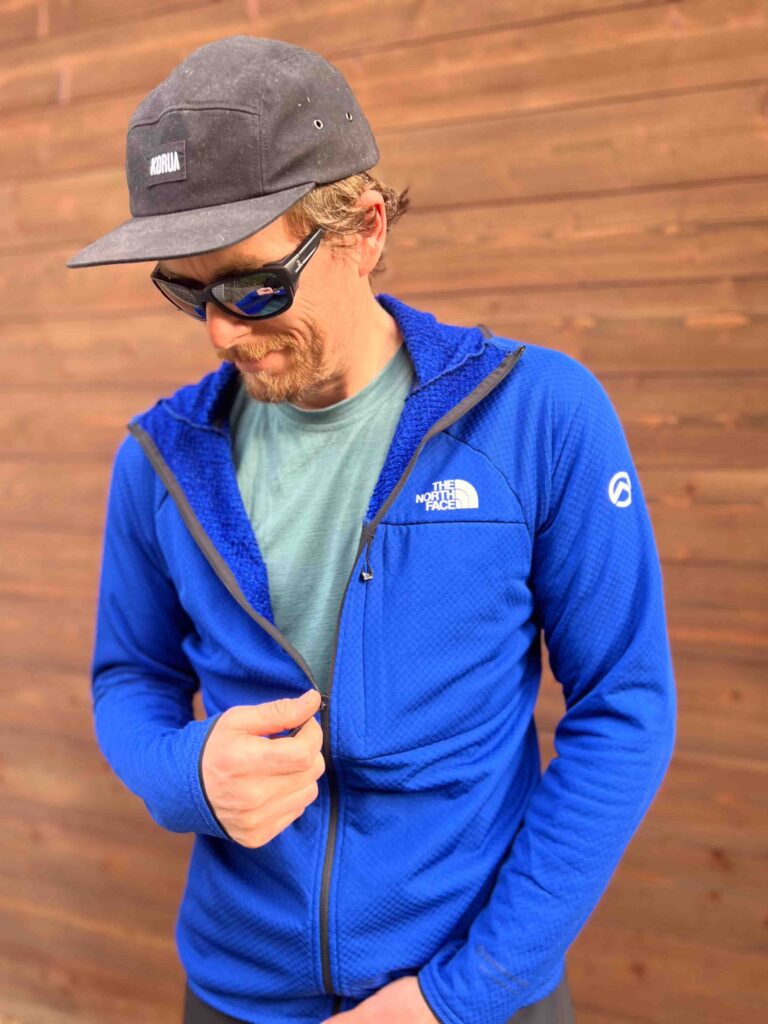Tried & Tested | The North Face Summit Series
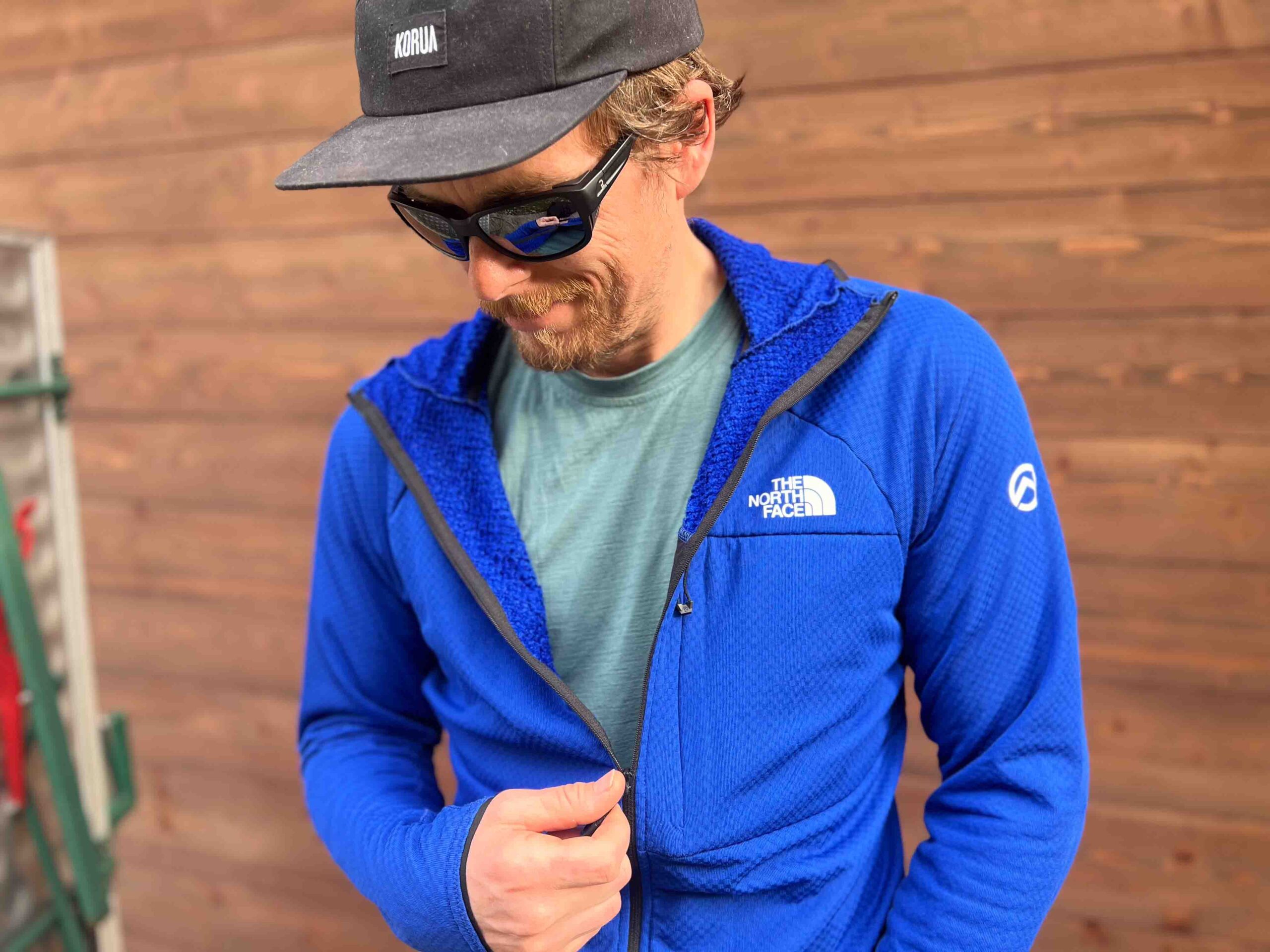

With these two layers, The North Face have basically solved my daily struggle to decide what to wear on the mountain. With decades of accumulation of fleeces and jumpers, wool and synthetic, half-zips, no-hoods, etc etc, the day has arrived where I can just pick up the same formula of garments every time I leave the house in the knowledge that I will be comfortable whatever the weather. As part of The North Face’s Summit Series of layers, enter the Futurefleece™ Full-Zip hoodie and the Casaval Ventrix™ Hoodie.
I should say quickly here that, beyond solving my daily layering conundrum for skiing, these two items are not ski-specific. Indeed, their innovative features endow them with a versatility for all kinds of activities, year-round, and they will be living on my shelves for quick access throughout the year.
So, what is it that makes the Futurefleece™ layer and the Casaval layer work so well? Well, together they really epitomise the ‘active-insulation’ trend we have seen emerge in recent times. In years gone by, insulated garments couldn’t walk and chew gum at the same time – which is to say, if they were warm, they either wouldn’t breathe well (think the classic ribbed down jackets), or they would let wind whistle through them (think traditional fleece jumpers). But thanks to modern techniques and fabrics, mid-layers like these Summit Series items today can do it all – they can be warm, low-profile, lightweight, windstopping, water-resistant, packable and breathable. In skiing terms, these do-it-all layers will keep you cosy on a chairlift but allow you to shed heat when skiing hard.
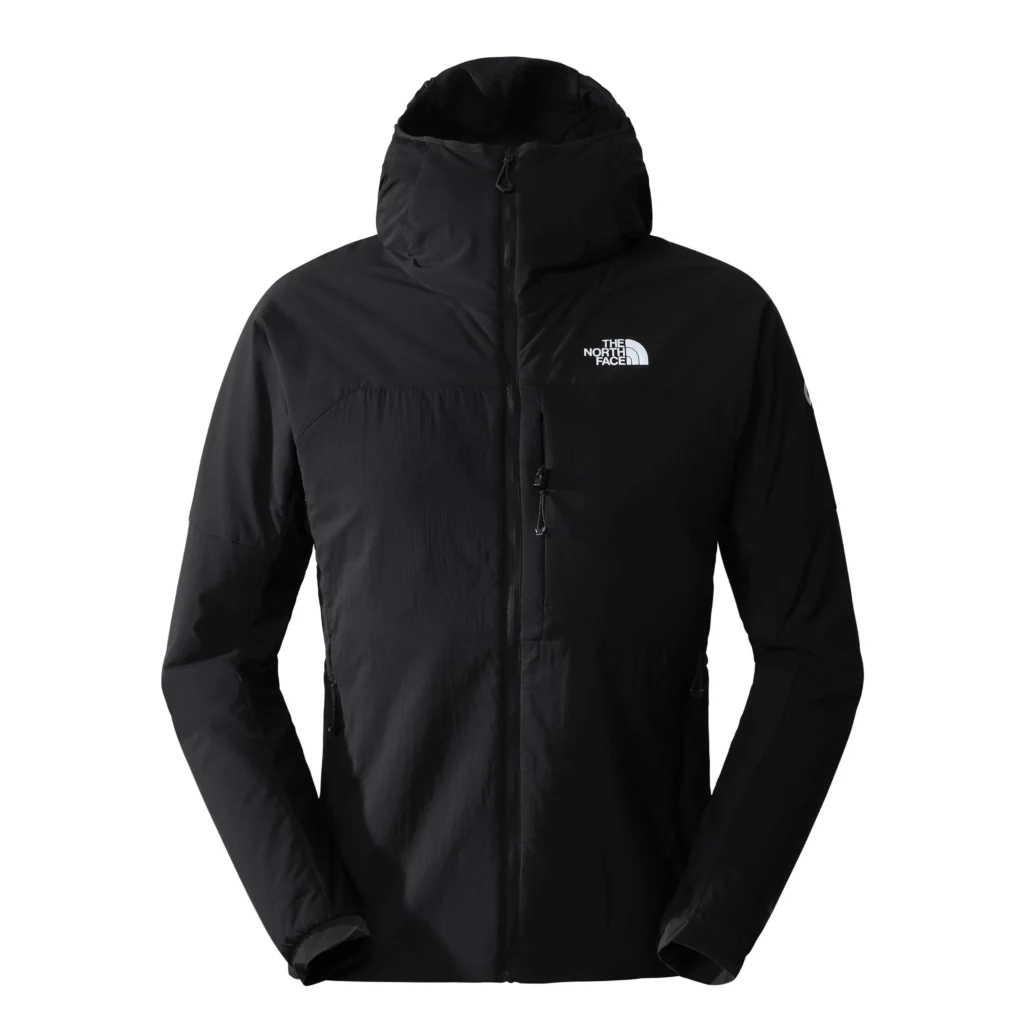
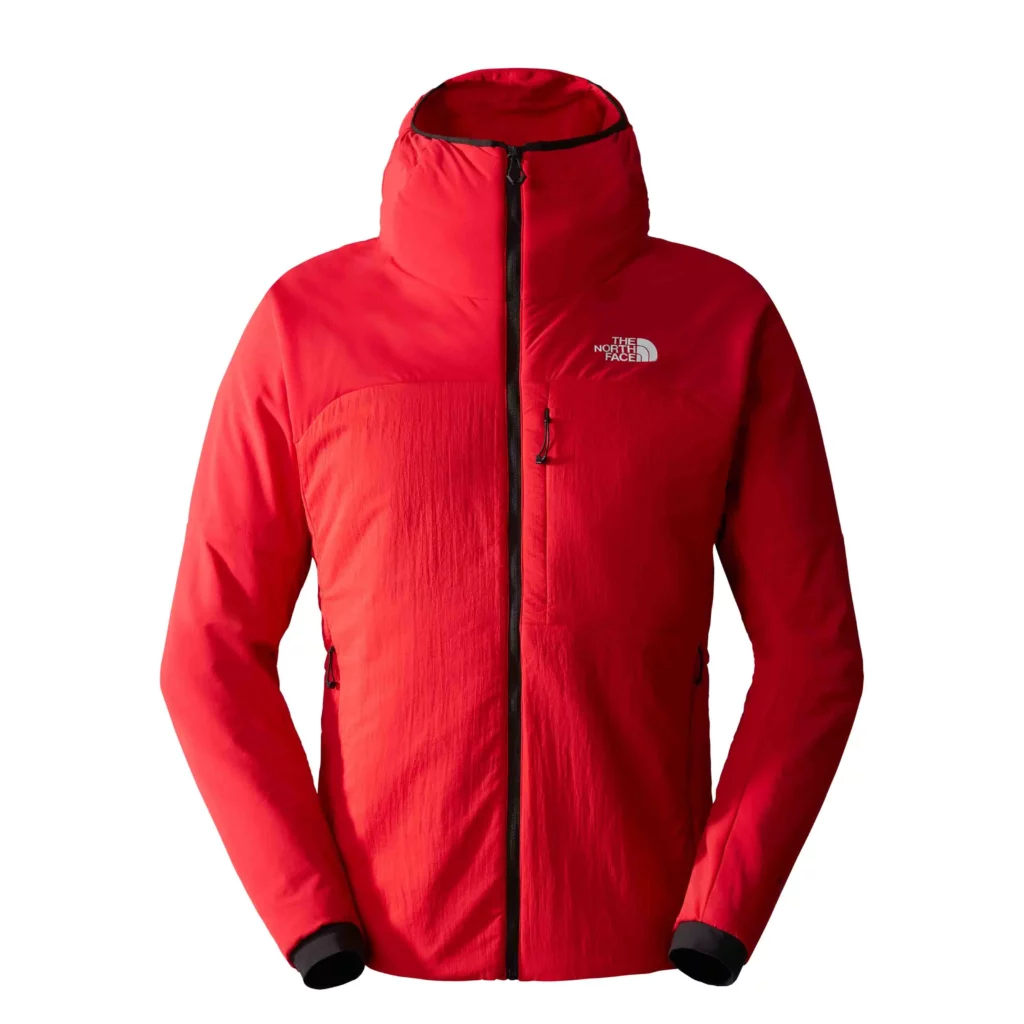
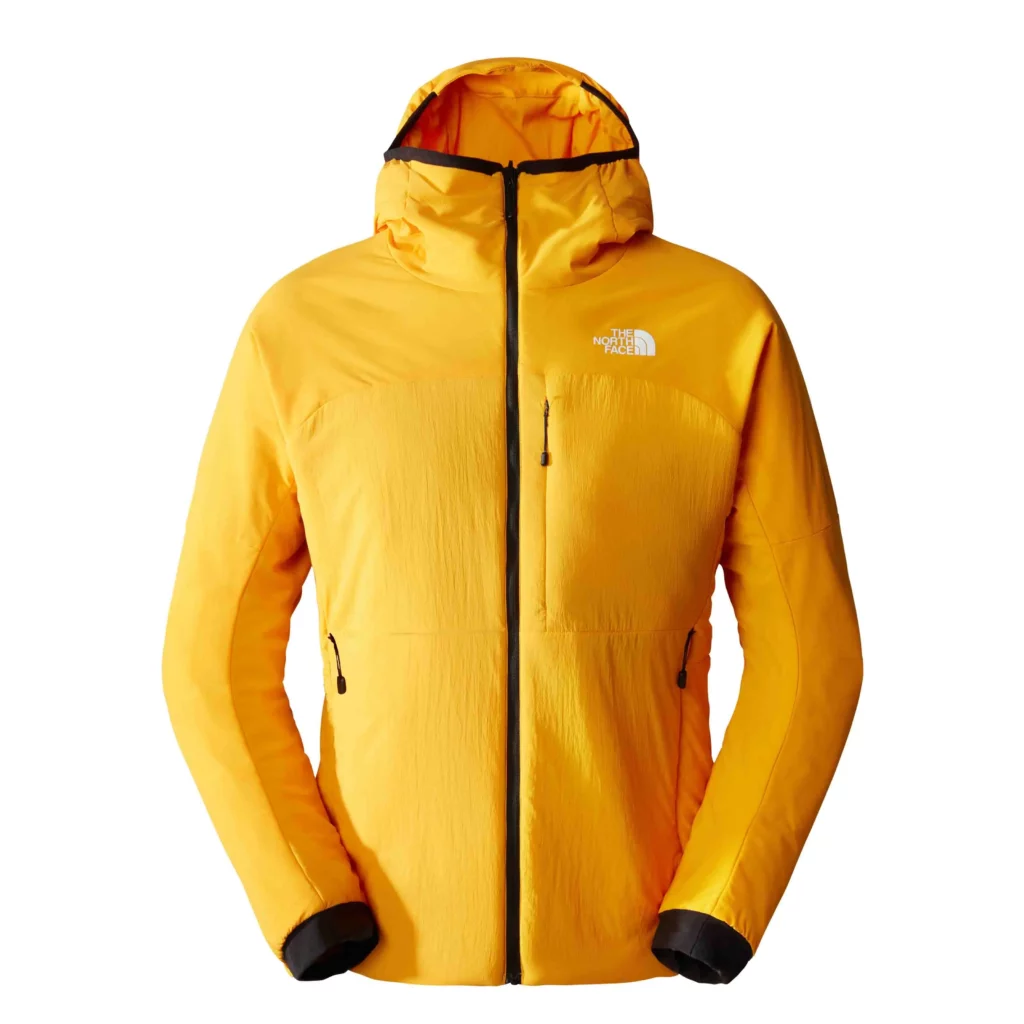
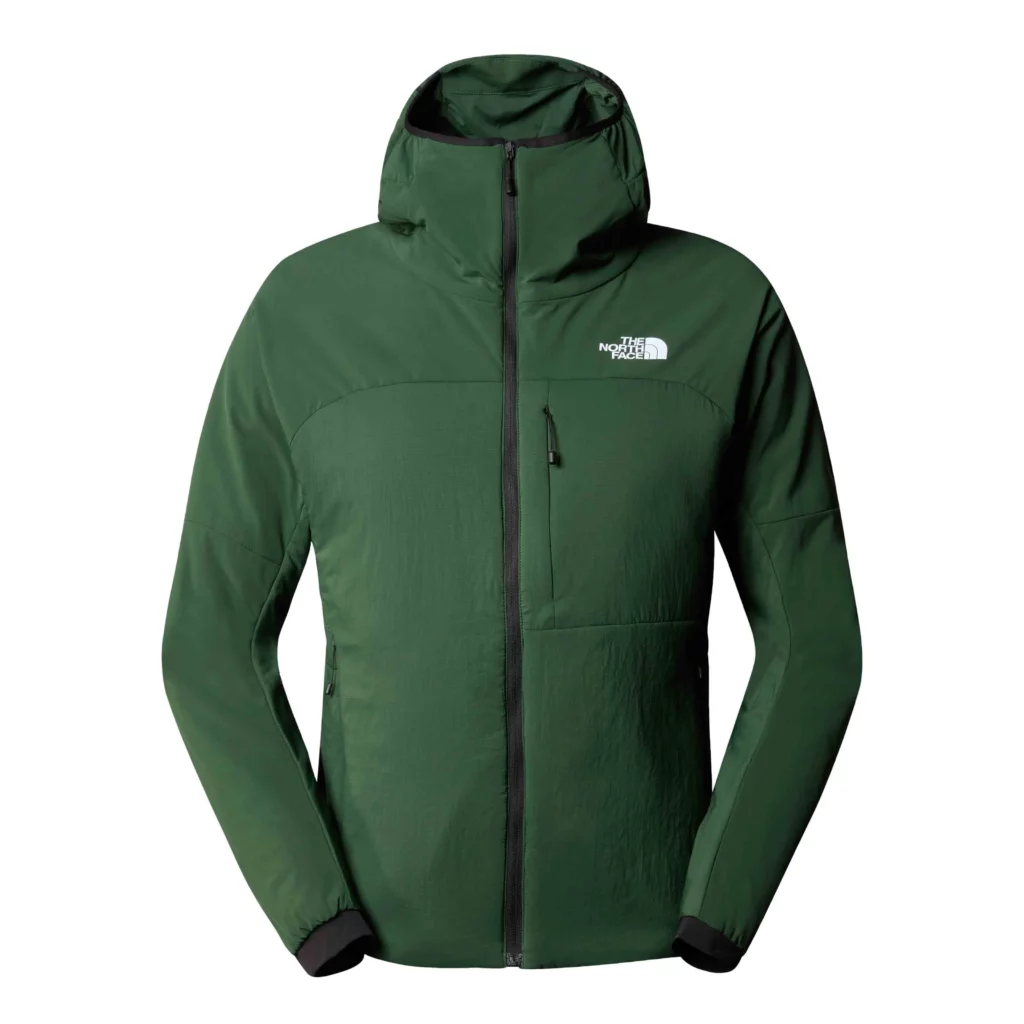
For my ski applications, the low-weight and breathability of these items is key. When you experience just how breathable an item like the Ventrix™-equipped Casaval is, it will make you wince when you see a friend don a totally non-breathable insulated puffy under their hugely expensive breathable Gore-Tex shell, thus rendering it completely ineffective.
Of course, the classic non-breathable ribbed insulated jackets still play a vital roll for a true hit of warmth – if I am bringing a pack I always add a puffy (the Summit Series Breithorn down jacket is a good option here) and in a size large enough to throw on top of my shell in case of an emergency or any sustained time in colder temps.
It is the Swiss Army Knife of mid-layers offering wind and rain protection along with its insulation properties
So, how to describe up the Futurefleece™ and Casaval in a few words?
These are technical items for skiers and mountaineers prioritising performance and low weight from their equipment. Think of the Futurefleece™ as a regular fleece but with more bang for its bulk. It is warmer than its ultra-light weight would have you think. It is highly packable, such that if you fold it neatly it is no bigger than a large sandwich, so if there is a real spike in temps in the afternoon you can easily stuff it in a thigh or chest pocket. It is also stretchy and very comfortable. On the warmest of days I will only ski with a T-shirt and the Futurefleece™ under a shell, leaving the Casaval at home.
The Casaval is more of a mid-to-outer-layer. It is the Swiss Army Knife of mid-layers offering wind and rain protection along with its insulation properties. It can be worn as an outer layer for high-exertion activities in favourable conditions. It is also stretchy, of course.
So the Futurefleece™ and Casaval work as standalone items, but I have found that during the colder months, wearing them in concert, with a light baselayer underneath and a light shell on top, is the perfect setup for whatever weather I encounter on the mountain. Quite simply, I do not feel bulky in them yet I stay comfortably warm and dry.
Let’s look at more detail of the Futurefleece™ and how it generates such warmth. The outer of the Futurefleece™ fabric is smooth while the inner is where the magic happens. There is a honeycomb-type structure of little puff-balls, or little loops of synthetic fibres called Octayarn™. It is this structure that creates the maximum insulation for the least weight possible. The polyester/nylon is mated with elastane to give the fleece some stretch too. This means that, despite the form-fitting shape, the fleece never felt restrictive at all. In fact, I completely forgot I was wearing it.
If you are looking for a bulky, substantial garment, this is not it. It is intentionally thin and minimalist. The wrist cuffs of the Futurefleece™ are equipped with small gaiters to keep cold air out – an added benefit being the extra softness they add to the hem. There are thumb loops incorporated in these cuffs too, but in my view they only weaken the stitching at the cuffs, as evidenced by a few loose threads, and serve no real practical purpose, at least not to me. The hood adds extra warmth when required and The North Face has paid extra attention to stitching so you can wear it under a helmet in total comfort. I love the full-length zip for dumping heat and easy on-off changes. I also like the blue colour option of the fleece.
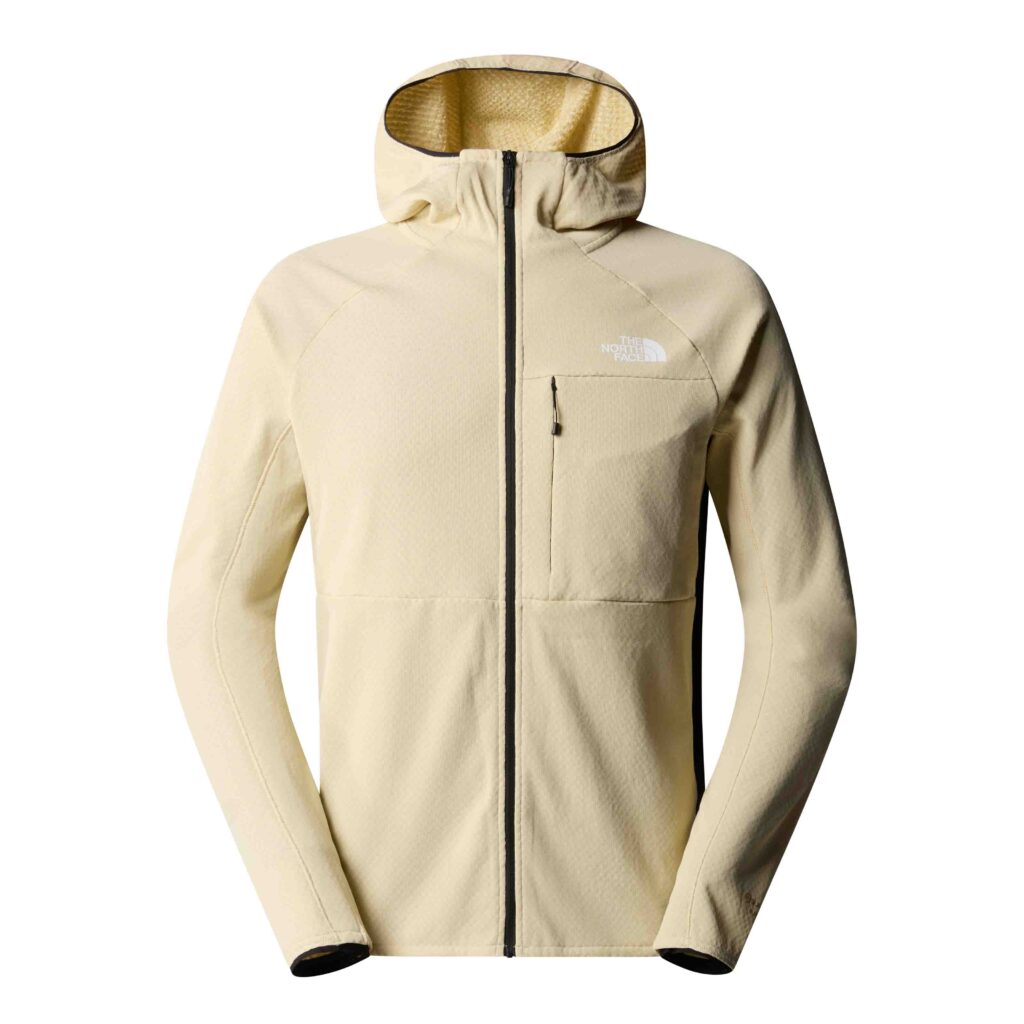
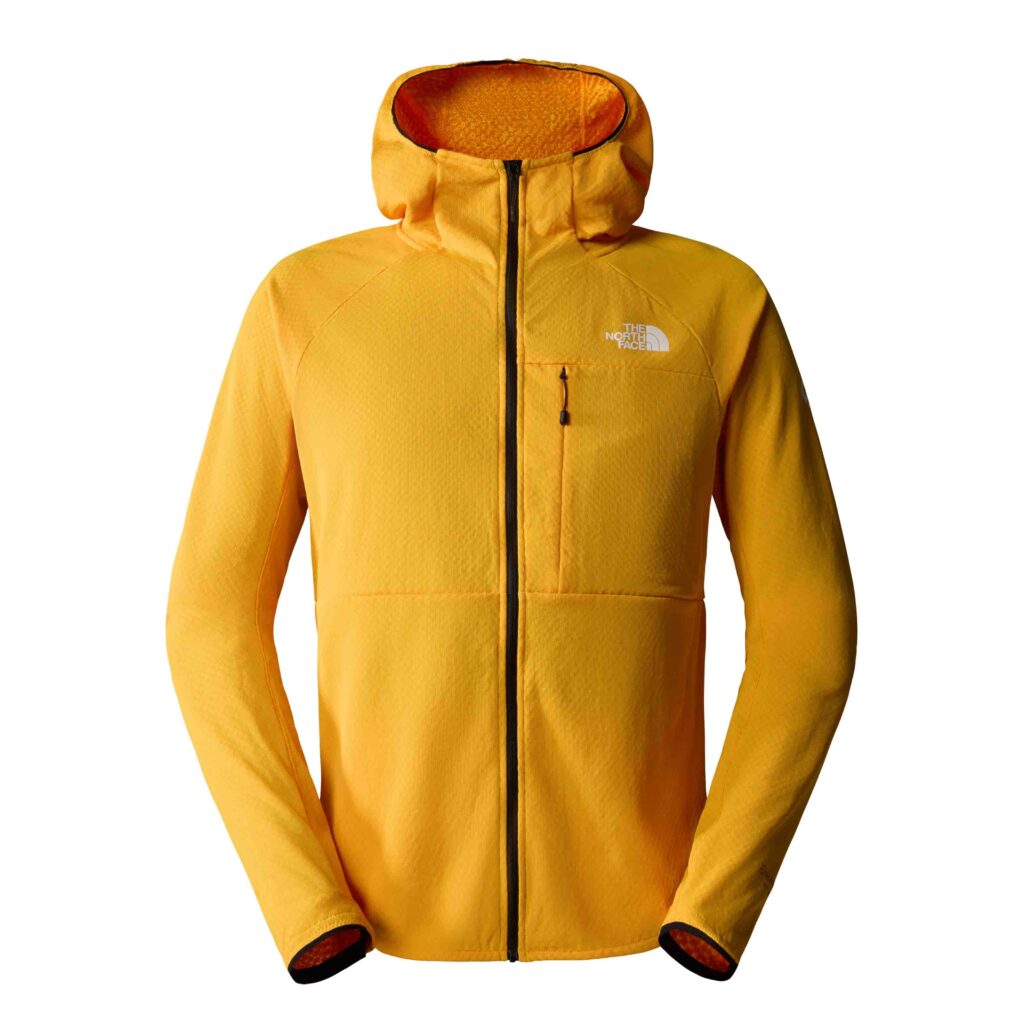
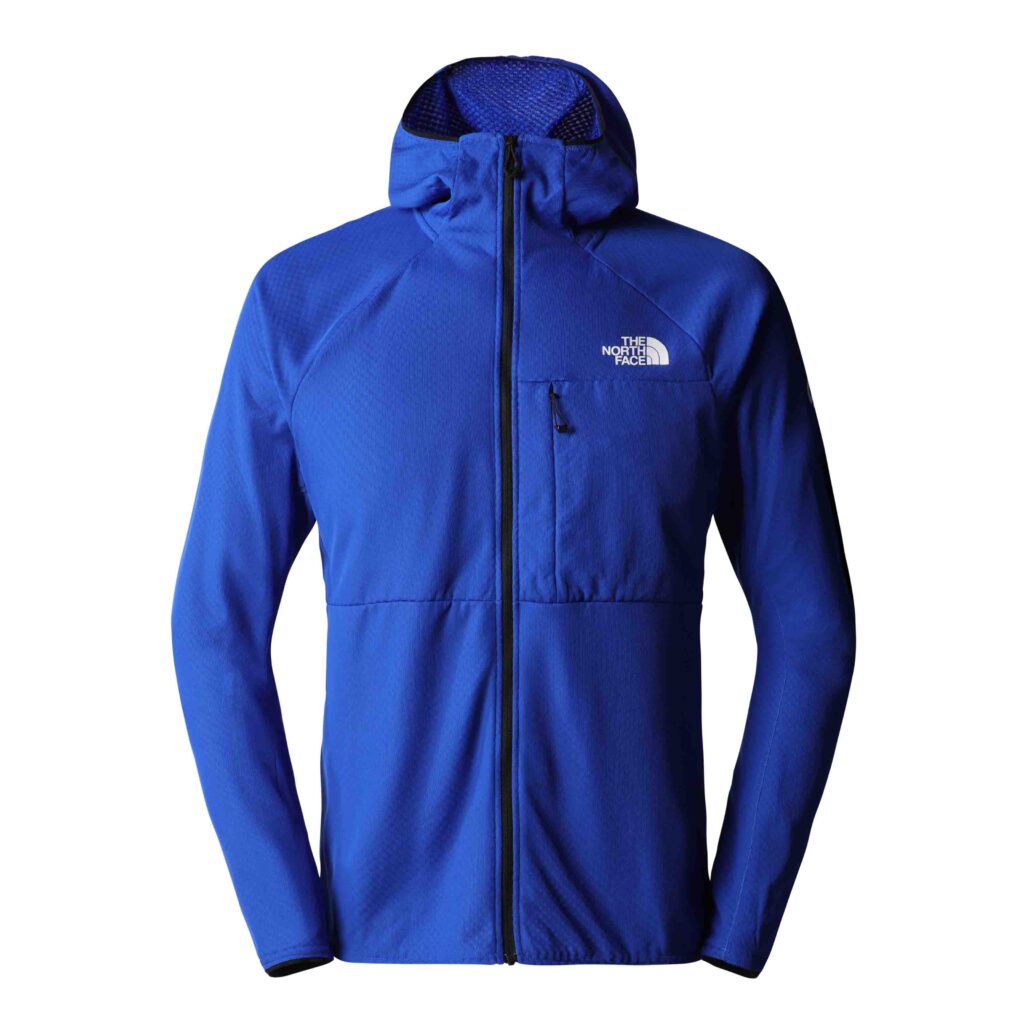
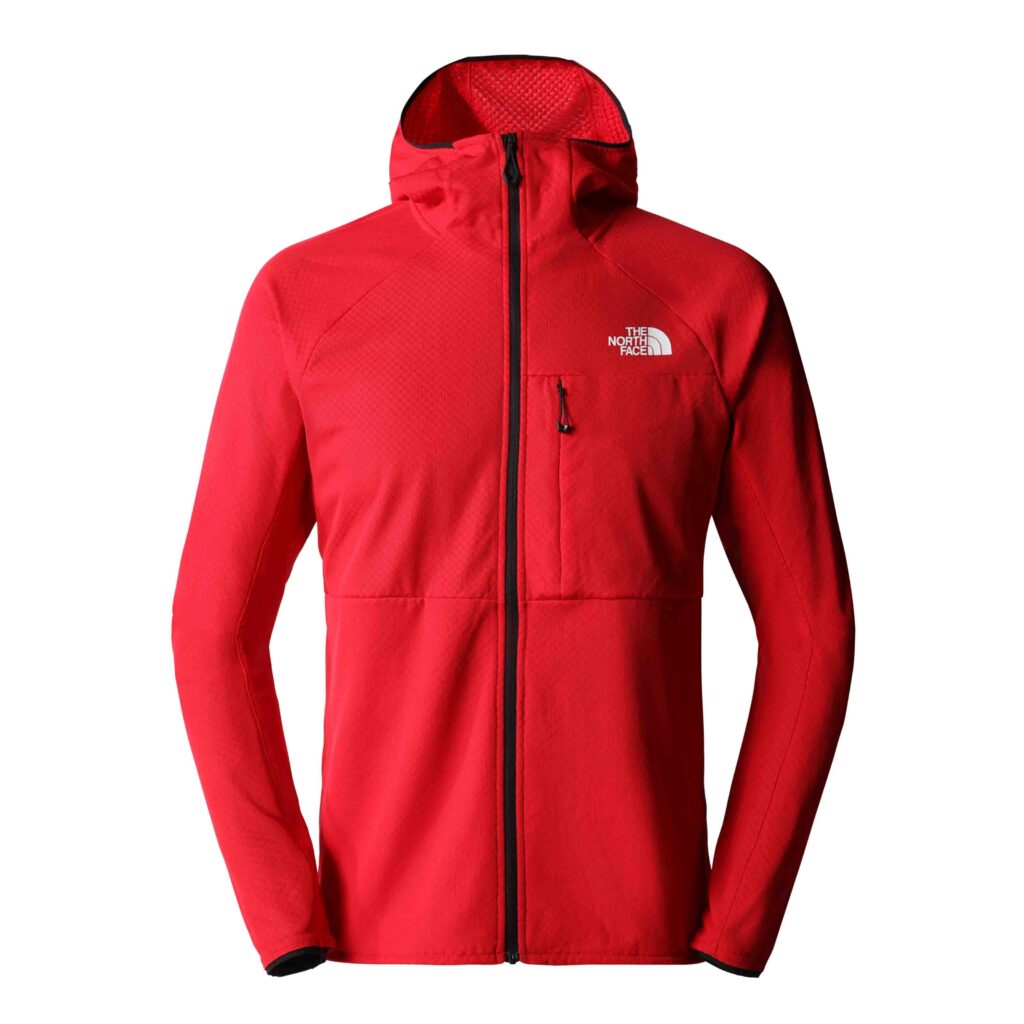
With regards to the Casaval, the proprietary synthetic Ventrix™ fabric is the trick piece. It is body-mapped to increase efficiency for its weight, and is laser-perforated to shed warm air from the wearer during activity, but to retain warm air when stationary. The Ventrix™ insulation and outer has a slight ’tissue-like’ texture to touch, but is soft enough not to make any rustling noise when walking; it has none of the ‘bin-bag’ texture that some down jackets have. There is no question the material is not as soft as some fleeces, but those fleeces have none of the wind-breaking properties of this jacket, not to mention they have to be much bulkier to attain the same warmth.
Could you use the Casaval as a standalone jacket? To me it feels too lightweight for such an application, at least in the mountains. I prefer to look at it as a mid-layer with some outer-layer abilities. The North Face makes a Casaval Hybrid, which employs a marginally heavier insulation grade that would work better as an outer, in my opinion.
The Casaval Hoodie is treated with a non-PFC DWR water-repellent finish, which easily shrugs of light snow or rain. Holding the Casaval under the tap in the kitchen sink it was amazing to see the water simply bounce off. But of course, The North Face will always recommend packing a dedicated waterproof if you are anticipating real mixed weather. The hood on the Casaval is elasticated and adjustable, easily slipping over my ski helmet during a storm. Remarkably, the whole jacket folds up into a stuffsack, which is hardly much bigger than the Futurefleece™ size. This kind of portability just adds to its versatility.
Finally, what are my favourite features? The full-length zips down the front. I did initially have a little concern on the zip strength. The North Face has elected a light-weight zip for both items, but over the course of these weeks testing, I have yet to snag one or break a zip. I also like the breast pocket on both layers. For me, being able to chuck a car key, or phone, or hotel room key in this pocket is such a bonus. I also like the fact that the Futurefleece™ is 45% recycled polyester, which is impressive, but I have a feeling The North Face will aim to make this percentage higher in the future. Indeed, the recycled nylon and polyester percentage figures for the Casaval are impressively higher, in the 80s.
Each of these The North Face offerings are the most technical of fabrics on the market. Both are suitable for all outdoor activities year-round, whether touring in the depths of winter or walking the dog in September. The garments epitomise breathable active insulation, where you can stay warm and dry and still roll them up in a daypack.
